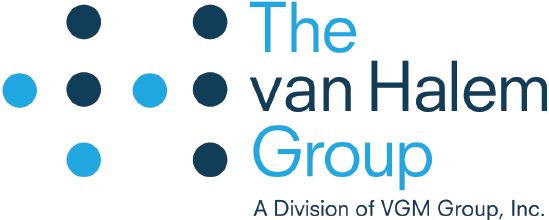Home health has long been recognized as a program area vulnerable to fraud, waste, and abuse. In 2015, Medicare reimbursed more than 11,000 home health agencies (HHAs) for almost 7 million episodes of home health care, totaling approximately $18.4 billion. From 2011–2015, OIG home health investigations resulted in more than 350 criminal and civil actions and $975 million in receivables.
Taking those figures into consideration, the OIG examined Medicare claims data for calendar years 2014–2015 to identify HHAs, supervising physicians, and geographic areas whose Medicare claims have characteristics similar to those observed by OIG in cases of home health fraud. The results of this project were released in
June 2016. The report points out that the characteristics identified are not necessarily indicative of fraudulent activity, but they can be useful in identifying providers and geographic areas that warrant greater scrutiny. Overall, home health fraud generally involves HHAs that bill for services that are not medically necessary and/or not provided. The identified characteristics are as follows:
- High percentage of episodes for which the beneficiary had no recent visits with the supervising physician: More specifically, the beneficiaries identified had no claims in history for E/M services from the supervising physician in the preceding six months. In the documentation for the home health episodes, the physicians did not appropriately evaluate the beneficiary’s medical condition.
Identified fraud example: HHAs pay recruiters to collect beneficiaries’ Medicare numbers for use in fraudulent billing. Colluding physicians conduct limited evaluations or in some cases, no evaluations are conducted before certifying the beneficiaries’ eligibility for home health care.
- High percentage of episodes that were not preceded by a hospital or nursing home stay: Fro those claims examined, the home health episode did not shortly follow a hospital inpatient discharge or skilled nursing facility discharge within the previous 30 days.
Identified fraud example: HHA recruiters solicit beneficiaries from within a community to receive home health care, regardless of whether care is medically necessary or not.
- High percentage of episodes with a primary diagnosis of diabetes or hypertension: Some beneficiaries may require home health care related to diagnoses of diabetes or hypertension, however, too often claims with these primary diagnosis codes reflect medically unnecessary services.
Identified fraud example: Disproportionate composition of these primary diagnoses and fraudulent billing.
- High percentage of beneficiaries with claims from multiple HHAs: The OIG identified a high percentage of beneficiaries who received home health care from 3 or more HHAs over the course of 2 years.
Identified fraud example: HHA recruiters moved beneficiaries between HHAs to avoid suspicion or to obtain more favorable financial arrangements.
- High percentage of beneficiaries with multiple home health readmissions in a short period of time: Beneficiaries reportedly had two or more home health readmissions shortly following a home health discharge over the course of two years.
Identified fraud example: HHAs, with physician supervision, provided unnecessary care over a long period of time and tried to conceal the duration by periodically discharging and re-enrolling the beneficiaries.
The report also identified 27 home health fraud “hot spots “within 12 States: Arizona, California, Florida, Illinois, Louisiana, Michigan, Nevada, New York, Oklahoma, Pennsylvania, Texas, and Utah. In 2015, Medicare reimbursed HHAs for nearly 2.4 million home health episodes, totaling $6.9 billion, in the 27 geographic hot spots. This represents approximately 35 percent of home health episodes and 37 percent of home health expenditures nationally. Many of the 27 geographic hot spots identified are areas that are generally recognized as having high rates of Medicare fraud, including home health fraud. Similarly, several of the areas that were identified as hot spots are also areas in which CMS has imposed a moratorium on new HHA enrollments.
What should you do with this information?
If you provide home health services in any of the 27 fraud hot spots, be prepared for additional scrutiny of your home health claims by CMS and its contractors. Perform a self-audit of your claims to see how they compare to the identified characteristics. Although the report did indicate that these characteristics are not indicative of fraudulent activity, it did specify that they could be useful in identifying providers and geographic areas that warrant greater scrutiny. Medicare claims processing systems can easily edit claims for Physician NPIs, Diagnosis codes, Inpatient stays, and CPT codes - all data elements within the five identified characteristics.
If self-auditing isn’t something your agency has the time or manpower to allocate, we can help. For the past ten years, The van Halem Group has been a trusted resource for suppliers and providers need audit assistance. Our staff has a combined experience of more than 128 years employed with Medicare and other CMS contractors and have saved our clients over $30 million in overpayments. Let us put our knowledge and expertise to work for you! Contact us today to learn more about our proactive services, including claims audits and education.
General Blog Posts Home Health
Posted: December 5, 2016 by van Halem Group
Share it!

